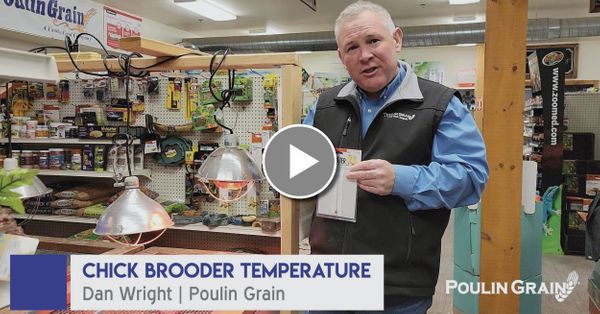Feeding Horses in Cold Temperatures

Several environmental conditions affect horses in the winter:
- Horses decrease feed intake in cold AND windy weather – seek shelter
- Snow accumulation greater than 3 inches covers grass, decreases intake of pasture, decreases grazing time by 24%, and decreases intake by 22%.
- Pawing through deep snow to get grass greatly increases the energy requirement of the horse.
- In cold and windy conditions, horses lose more body heat and burn more energy to stay warm.
The “Lower Critical Temperature (LCT)” is the temperature below which metabolic heat production must be increased to maintain body temperature.
- Mature Horses (LCT) = 5 to 41°F
- Thin coat 41°F
- Thick coat 5°F
- Young Horses (LCT) = 12 to 32°F
For each decrease in temperature of 1 degree Fahrenheit below the critical temperature, there is an increase in digestible energy requirements for body temperature maintenance.
An average 1000 lb horse requires 15Mcal per day for maintenance under normal conditions, the following tables outline the additional digestible energy and hay intakes under inclement winter weather conditions.
Fiber should in most cases be the first ingredient to increase in your horses diet when trying to keep them warm. This is because the microbes in the hindgut produce heat as a by-product of breaking down fiber.
Estimated Feed Energy Increase at Different Magnitudes of Cold Below the Lower Critical Temperature of Mature Horses
| Difference in F Below LCT | DE Increase (Mcals/day) | Feed Intake Increase (lb/day)* |
|---|---|---|
| 0 | 0 | 0 |
| 10 | 2 | 2 |
| 20 | 4 | 4 |
| 30 | 6 | 6 |
| 40 | 8 | 8 |
*Assuming an energy density of 1.0 Mcal/pound which is typical of good quality hay.
When wind and rain are added to the environmental conditions the horse's digestible energy requirements increase even further.
Effect of Wind and Rain on Digestible Energy Requirement for a 1000lb Horse at Maintenance
| Average Temp. | Environment | Additional Mcal/day | Additional Hay (lbs/day) |
|---|---|---|---|
| 32 F | 10-15 mph wind | 4-8 | 4-8 |
| 32 F | rain | 6 | 6 |
| 32 F | rain and wind | 10-14* | 10-14 |
*May not be able to consume enough hay to meet requirements
The tables above assume a 1000 lb horse eating at least 1.5% of its body weight in hay to maintain body condition and health (at least 15lbs of hay per day). The additional feed/hay intake is on top of the original 15+ lbs of hay. For a horse in freezing temperatures also enduring rain and wind that would be 25 to 30 lbs of hay intake per day. This may be an unfeasible amount to supply to your horse or they may not be able to consume this much (older horses or pregnant mares). It should also be noted that most local grass hays are lower in digestible energy with values closer to 0.7-0.8 Mcal/lb, which further increases the quantity need to maintain body condition in wintery conditions.
In these cases additional calorie dense concentrate feeds should be offered such as E-TEC Fibre-Max. Poulin Grain’s Forage Extender Pellets may also help to supply the fiber required by the horse without as much bulk, and may be easier for horse owners to store during winter months.

Contact your Poulin Grain Feed Specialist to test your hay quality and build a diet for your horse.
www.PoulinGrain.com | 800.334.6731






